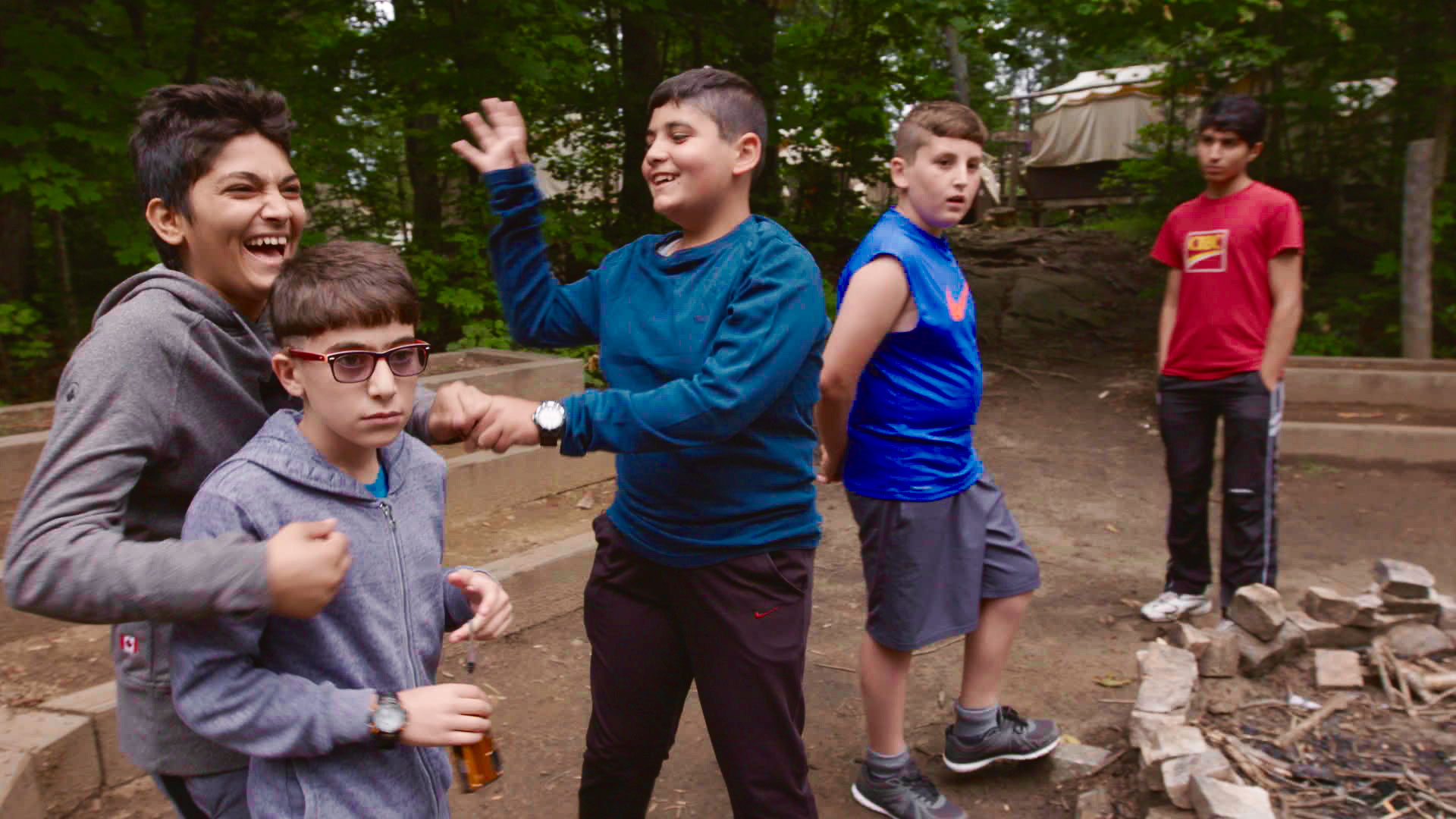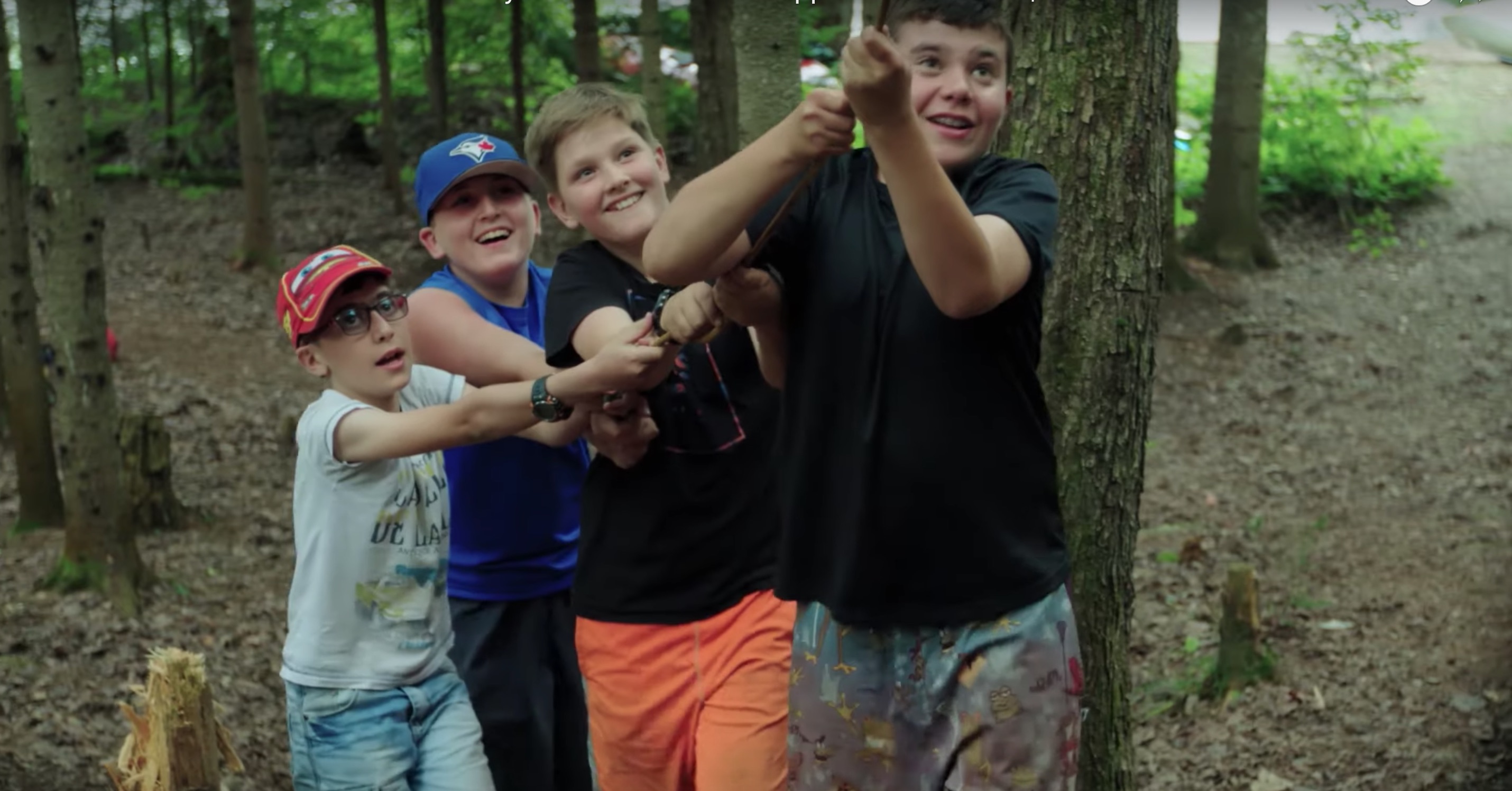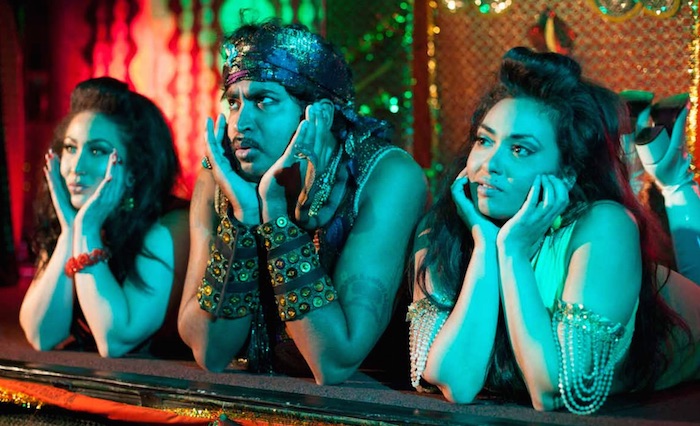DAVI'S WAY
 Wednesday, May 15, 2019 at 1:13PM
Wednesday, May 15, 2019 at 1:13PM Stars: Robert Davi.
Director: Tom Donahue
Screening at the 2019 Melbourne Documentary Film Festival, July 19-29.
Rating: ★ ★ ★ ★

Achingly bittersweet and fitfully anxiety inducing, Tom Donahue’s compelling Davi’s Way tracks the great character actor Robert Davi as he undertakes an ambitious restaging of Frank Sinatra’s iconic 1974 ‘Main Event’ concert. Capturing a vision that begins to unravel despite everyone’s best intentions, this deeply personal work also serves as a long overdue insight into a man whose entire career has painted a not-entirely truthful representation of what drives him as an artist.
Davi’s remarkable filmography posits him somewhere between “Oh, it’s that guy!” status and anti-hero cult icon. Of the 156 credits on his IMDb page, it might be ’Jake Fratelli’ in The Goonies (1985) or ‘Agent Johnson’ in Die Hard (1988) or ‘Franz Sanchez’ in License to Kill (1989) that register for most; probably Maniac Cop 2, The Expendables 3, Showgirls for the next tier of fandom. For every studio gig, Davi’s pockmarked cheeks and sunken sockets have upped the impact of ‘bad guy’ roles in dozens of B-crime thrillers and video-bound actioners.
The very first of those gigs was in a 1977 TV movie called Contract on Cherry Street, which featured a late-career tough-cop role for Davi’s idol, Frank Sinatra. Robert Davi has taken that adulation (and his early-life training as an opera singer) and forged a new career path as a crooner of The Chairman’s classic song list.

Donahue’s documentary joins Davi as he begins to set in motion his plan to celebrate the centenary of Sinatra’s birthday by securing the original venue, Madison Square Garden; acquiring talent like Jay-Z, Justin Timberlake and Adele for duet duties; and, re-enacting such details as the boxing-ring set, pizza for the crowd and a sell-out auditorium. Davi is the pivot upon which this odyssey of obsession spins; as the planned date of the event nears, the actor reacts with far less grace in the face of an increasing degree of compromise and adversity, all the while exuding an endearing desperation.
Where Donahue’s slyly insightful film works best is as a profile of a working actor struggling with the legacy he will leave behind. The planned concert is as much about the actor creating a work of which he can be proud as it is to honour the late singer. Davi ponders why his career didn’t soar into the A-list after his Bond villain turn; he is repeatedly captured berating the documentary crew for the lighting of his ‘money maker’, the craggy visage that is as much a part of his fame as his undeniably potent screen presence. Moments spent with his family (including three daughters and one overly exalted son) paint him as a traditional Italian-American patriarch, fiercely protective of but none-to-gentle with his children’s own egos. There is a melancholy to the film that stems from the rarely glimpsed fragility of one of cinema’s great tough guys.
The ‘dreams of an actor’ subtext is skilfully reinforced by Donahue’s lens also focussing on struggling bit player Stevie Guttman, who steps into the crosshairs as Davi’s out-of-his-depth P.A. Villain of the narrative falls to self-proclaimed producer and sycophantic ‘yes man’ Danny A. Abeckaser, who nods a lot and promises influential contacts, but buck passes like a pro. Other notables that drift in and out of Davi’s journey include director Richard Donner and fellow NYC thesps Chazz Palminteri and Joe Mantegna.
 Concert Film,
Concert Film,  Melbourne,
Melbourne,  Melbourne Doc Fest
Melbourne Doc Fest 













